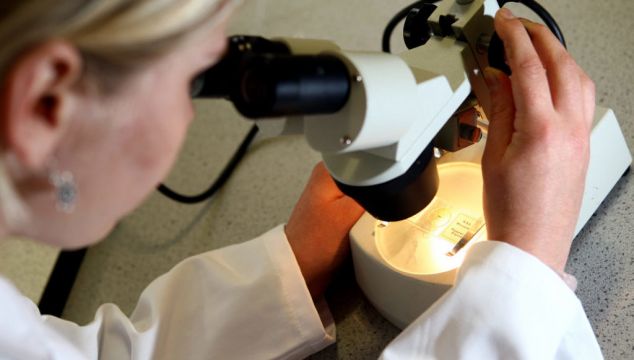Irish researchers have developed a groundbreaking new system for removing blood clots from stroke patients within 20 minutes.
As The Irish Times reports, the system, invented by a NUI Galway team, allows for stroke patients to be treated safely under local anaesthetic and to return home on the same day as the procedure.
Last month, European and US patents were obtained for the invention, which provides for minimally invasive access to a patient’s artery through the neck, close to the location of the brain clot.
Under existing methods, clots are removed by a medical device that is passed through a catheter inserted into the groin.
The system was conceived by vascular doctor Prof Sherif Sultan, who then built a prototype with co-inventor Dr Niamh Hynes and biomedical engineers Colin Henehan and Stefan Lohfeld.
He says he was pushed to develop the system by his own experiences as a vascular surgeon in Galway. The system has been developed “on a shoestring”, although NUIG funded early development.
Prof Sultan hopes it will be manufactured in Ireland, thereby creating jobs in the medical device sector. When commercialised, he expects it to cost about €100, a fraction of the cost of existing systems.
The percutaneous vascular surgical system developed by the Galway team promises to provide a “simpler yet safer” means of providing vascular access, intervention and arterial closure, according to the patent application. It is particularly suited to stenting of the carotid artery or any neurovascular interventions involving percutaneous access at the neck.
Although minimally invasive procedures using catheters are now preferred to open surgery for the treatment of stroke and other vascular procedures, there can still be complications.
Because the operating surgeon passing a catheter from the groin area has to traverse the arch of the aorta, there is a risk of clotting and further stroke. The equipment required is complex and costly and requires multiple experienced operators.
Prof Sultan likens existing methods of accessing a brain clot as “like travelling from Galway to Dublin via Belfast” and adds that, through neck access, “you get to Dublin directly”.







